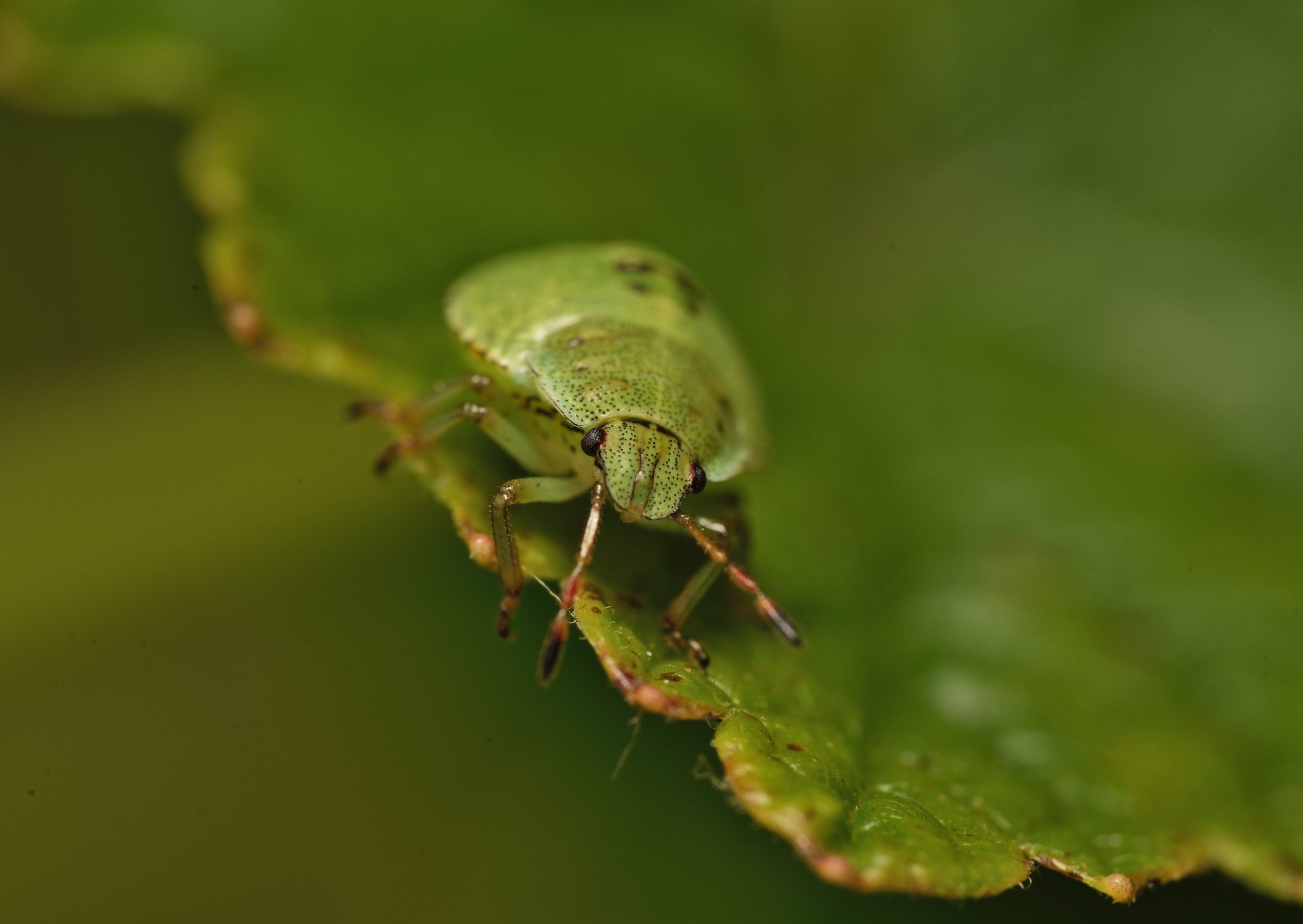Targeted molecular filtration restores stink bug affected wine back to its intended program
Challenge
Marisco Vineyards, a winery based in Marlborough, New Zealand, celebrated an exceptional 2024 vintage. The grapes were at their optimal at harvest and in perfect condition. Yet, even in an outstanding year, challenges arise—and one block of Pinot Noir faced an unexpected issue.
During harvest, a species of Pentatomidae, more commonly known as the Australasian green shield or stink bug, had been prevalent among some of the grapes.
Winemaker, Alun Kilby recalls: “Once [the wine] finished fermenting, it was very green with a slightly bitter, weedy edge – especially on the back palate. It wasn’t as fruity or robust as our other Pinots,” he explains.
Traditional techniques for stink bug remediation focus on masking the distinctive vegetative aromas caused by the insects. However, in this case, the challenge was more significant. “We added tannin and racked it onto untoasted oak, but the impact of the insect was so innate to the wine that all we could do was try to mask it,” Kilby shares, “with a wine like that, there’s not much you can do. It would typically end up blended into a lower tier wine.”
As Kilby prepared for further treatments, local service provider Vintech Pacific introduced him to an innovative alternative: amaea RMx, a cutting-edge molecular filtration technology that selectively removes undesirable target compounds below sensory thresholds.
Above: Pentatomidae, more commonly known as the Australasian green shield or stink bug
Solution
amaea RMx uses molecularly imprinted polymers (MIPs) to target capture the long chain organic molecules like trans-2 decenal, that are responsible for the undesirable vegetal and herbaceous traits linked to stink bug tainted wines.
This highly selectivity technology removes unwanted molecules, helping to reduce off-aromas while unmasking the fruity characters of the wine.
Kilby shares his experience with amaea RMx: “The benchtop trial was a great place to start. Displaying it in real-time, you see the decrease of the greens quite dramatically.”
During the trial, the treatment was evaluated at 10-minute intervals, allowing Kilby to “find the sweet spot which still had some of the phenolics and structure – because everything in moderation works well,” he adds.
For the commercial-scale treatment, the wine was recirculated as it passed through the filtration system. Kilby and his team followed a similar process to the trial, tasting the wine at 10-minute increments. After 35-minutes, they decided the treatment had achieved the desired result for the 10,000-litre batch.
Results
Before the amaea RMx treatment, the affected Pinot Noir was destined to be used in an unallocated blend. However, the treatment, alongside Kilby’s team’s winemaking techniques helped elevate the wine to one of Marisco Vineyards’ branded blends — the program it was originally intended for.
Kilby describes: “The weediness was gone but we retained some of the phenolics. The red fruit came through, it was a bit plusher on the palate, a little bit fuller and it didn’t have the green herbaceous characteristics anymore.”
“Having the ability to run wine through MIPs, knowing it won’t physically change apart from removing the target molecules, is a massive plus,” Kilby notes.
Reflecting on the potential of the technology, he adds: “I keep thinking about what it can do, the potential that it has, it just seems the opportunities are endless.”
Treatment summary
Wine varietal: 2024 Waihopai Valley Pinot Noir
Volume of wine processed: 10,000L
Treatment duration: 35 minutes
Date of treatment: September 2024
Applied dose rate: 2 g/L
Applied flow rate: 125 CV/hr
Who conducted the treatment: Vintech Pacific
amaea solution: amaea RMx
About Alun Kilby
Alun Kilby has been actively involved in the New Zealand wine industry for over 15 years. Having worked in multiple regions across the country, from Auckland to Central Otago, Kilby also spent time abroad participating in all aspects of winemaking. Starting in the cellar, Kilby is now a Winemaker for Marisco Vineyards and has been awarded the 2022 New Zealand Young Winemaker of the Year.
About Marisco Vineyards
Marisco Vineyards is a family-owned winery located in New Zealand's Marlborough region, known for producing premium wines with a focus on sustainable practices. The vineyard's award-winning wines, particularly their Sauvignon Blanc, reflect the unique terroir of the region and a commitment to quality craftsmanship. Marisco Vineyards blends innovation with tradition to create wines that capture the essence of Marlborough's exceptional climate and landscape
About amaea RMx
amaea RMx is an innovative molecular filtration solution designed to selectively target the removal of compounds responsible for off-aromas in wine. Working with the winemaker, preferred treatment rates are determined to reduce impacts and bring forward the desirable characters of the wine.



